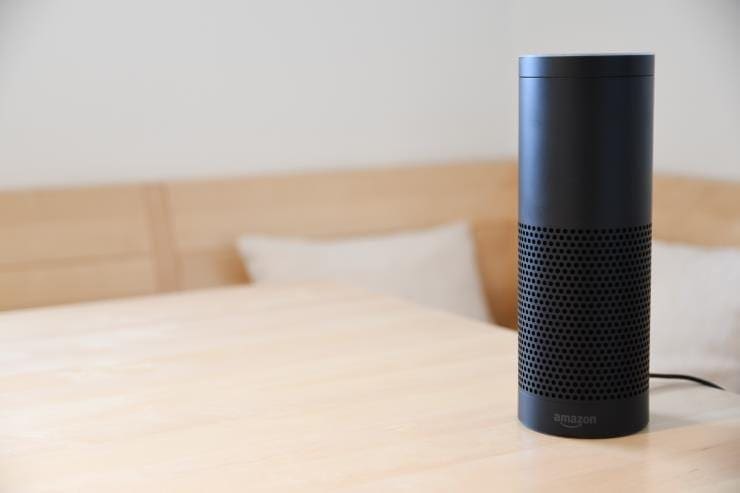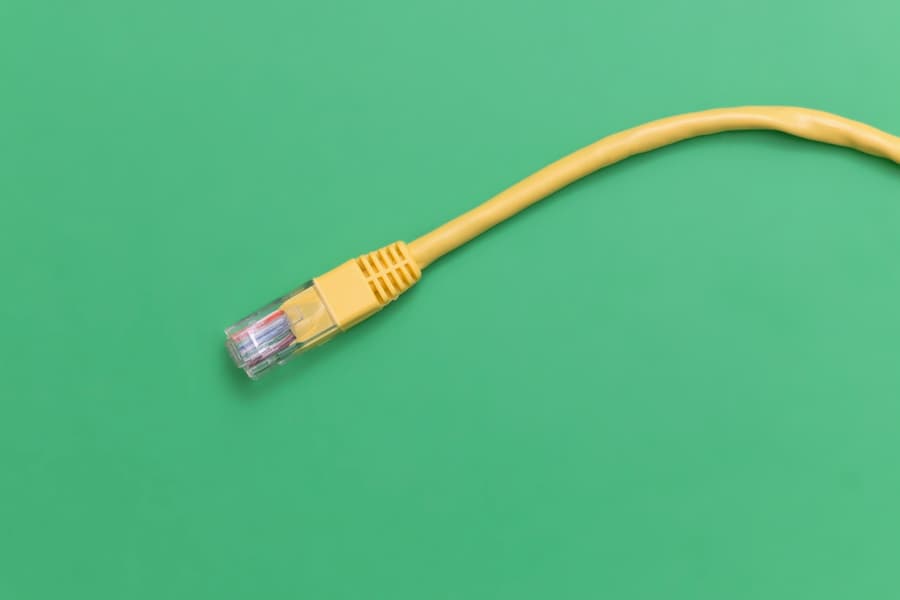All 3D printing results in gaseous emissions, which generally smell pretty bad. Unfortunately, it’s not just a nasty smell; the emissions given off by filaments when they’re melted for printing are actually toxic and hazardous to your health.
This doesn’t mean that you’re going to have medical issues if you ever happen to smell them. Continued exposure to these toxic chemicals, however, can result in medical issues or exacerbate current issues.
There are two primary problematic emissions, Volatile Organic Compounds – aka VOCs – and ultrafine particles. Both of these are bad for you in their own right. Combined, however, the ultrafine particles can act as condensation points for the VOCs and then, when breathed in, take them deep into your lungs.
This is especially an issue when dealing with other fine particles such as carbon-fiber-infused filaments. These can also enter the lungs. Once these particles are in the lungs, it’s tough for the body to get rid of them. They often irritate the lungs and can exacerbate medical conditions such as asthma.
Tip: Filaments that include styrenes such as ABS and nylon are an extra risk as styrene is particularly toxic. Filaments that need to be printed at higher temperatures also tend to be worse for your health. Higher temperatures result in more off-gassing.
Ventilation and Filtering
Thankfully, it is possible to protect yourself from toxic emissions. Unfortunately, doing so can be an annoying process that costs money. The best thing you can do is ensure that your printer is in a well-ventilated area. If you can’t work in an area with a natural breeze, then it’s a good idea to install some sort of enclosure or fume hood, to which you can connect an extractor fan.
While you can run this straight outside, it’s a good idea to filter the air. Carbon and HEPA filters effectively trapping and removing VOCs and ultrafine particles from the air, respectively. Ideally, you should use both types of filters in your ventilation system.

Tip: While many printers come with an enclosure, not all of these actually include air filtration systems, as they are primarily intended for thermal management. Even if your printer has an enclosure, it may still be best to put it in a filtered ventilation system.
Administrative controls can also be helpful. While the term is primarily intended for commercial workspaces, you can still apply the same principles at home. By minimizing the number of people in the room with the printers and the time they spend there, you can reduce their exposure levels.
Tip: It’s important to note that even if you minimize time spent in the vicinity, ventilation is still important. If you have a printer emitting toxic fumes into a sealed room all night and then check on it in the morning, you’re going to walk into a concentrated toxic environment.
PPE
Finally, properly filtered masks can also be helpful. Many people prefer to avoid PPE (Personal Protective Equipment). It can be difficult to get a mask that perfectly fits you, and they’re generally not very comfortable. It can be easy enough to forget to put PPE on too. If you get PPE, make sure to get filters and cartridges that actually rated for VOCs and ultrafine particles. If you don’t, then the PPE won’t provide you with the protection you’re relying on.
Conclusion
While 3D printing is a great hobby, you should be careful to protect your health. What’s your ventilation solution for your printing area? Let us know how you keep safe, down below.



